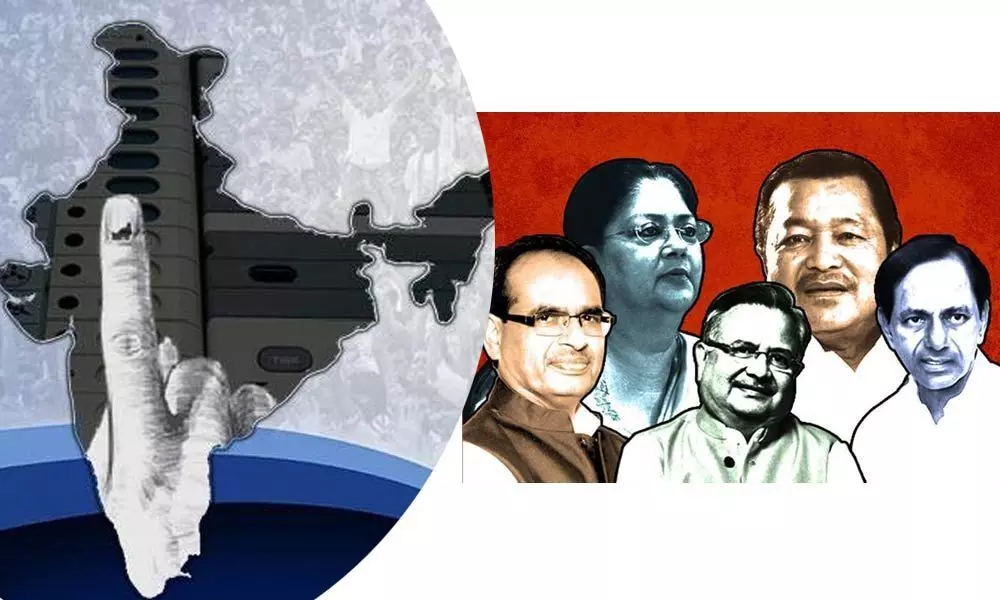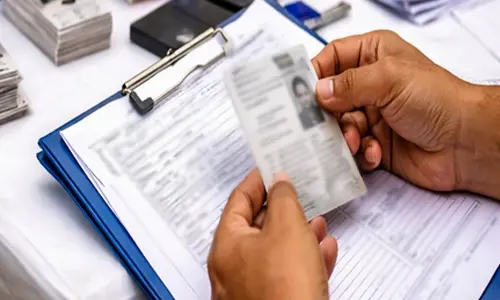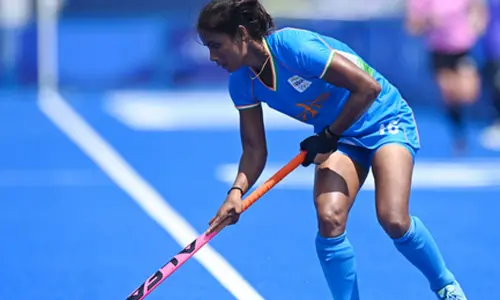Alliances and Break-Ups Of 2019

Political partnerships of 2019 tell their own story. After the loss of Madhya Pradesh, Rajasthan and Chattisgarh and a poor showing in Telangana
Political partnerships of 2019 tell their own story. After the loss of Madhya Pradesh, Rajasthan and Chattisgarh and a poor showing in Telangana in the November-December 2018 assembly elections, the BJP did appear to be a bit on the edge. This was evident in its keenness to have a thorny ally like Shiv Sena on its side in Maharashtra with a generous poll pact. It was equally keen on retaining other NDA allies like Shiromani Akali Dal (SAD) in Punjab, Janata Dal (United) JD-U, and Lok Janshakti Party (LJP) in Bihar. Similarly, the NDA also had AIADMK and PMK in Tamil Nadu in its fold.
The UPA took on the incumbent NDA with Congress leading the Front along with several partners. These mainly included National Conference (NC) in Jammu and Kashmir, Rashtriya Janata Dal (RJD) in Bihar, Jharkhand Mukti Morcha (JMM) in Jharkhand, Nationalist Congress Party (NCP) in Maharashtra, DravidaMunnetraKazhagam (DMK) Viduthalai ChiruthaigalKatchi (VCK) and MarumalarchiDravidaMunnetraKazhagam (MDMK) in Tamil Nadu, Indian Union Muslim League (IUML), Kerala Congress and Revolutionary Socialist Party (RSP) in Kerala.
There was also the Federal Front, a loosely stitched up coalition consisting of Trinamool Congress (TMC), Telugu Desam Party (TDP), Samajwadi Party (SP), Bahujan Samaj Party (BSP), Asom Gana Parishad (AGP) and Rashtriya Lok Dal (RLD). Naveen Patnaik's Biju Janata Dal (BJD) in Odisha and KCR's Telangana Rashtra Samiti (TRS) in Telangana decided to fight on their own, retaining their turf comfortably in the end.
As it turned out, the BJP-led NDA swept the polls with the ruling party winning as many as 303 Lok Sabha seats. The NDA secured 353 seats and a combined vote share of 45%.
On the other hand, the UPA managed to get only 91 seats with the Congress winning 52 of these. Other parties and alliances won 98 seats
The BJP did unexpectedly well even in states like MP, Karnataka, Haryana and Delhi. Along with Shiv Sena, its ally in Maharashtra, the BJP won 41 out of 48 seats. However, the Shiv Sena joined the UPA after the Maharashtra assembly elections following a bitter fall-out with its senior partner.
The other break-up for the BJP was with the AGP in Assam over the issue of Citizenship Amendment Bill (before it became an Act of parliament). Similarly, after losing its ally in Maharashtra, BJP chose not to go to polls in Jharkhand with its former ally, All Jharkhand Students Union (AJSU), a decision, which was to prove costly in the end.
















